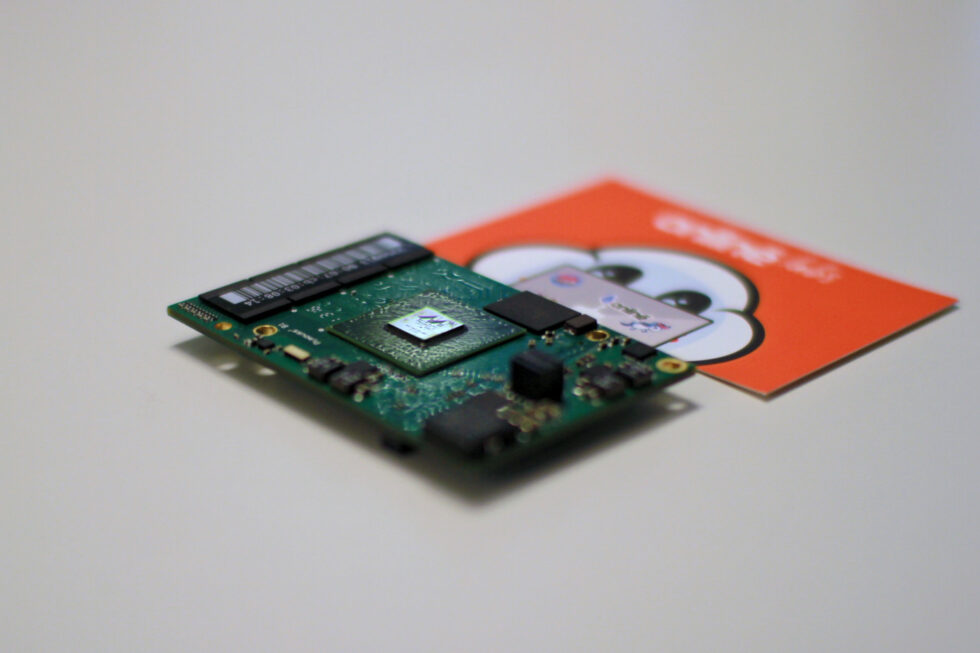How Web Server Architecture Is Changing And What That Means For The Industry
Behind every web page or social media platform you use on the Internet, there is a computer server answering your request. The server you freely and unknowingly query has a brain. The brain of the server is called processor or the CPU (Central Processing Unit) and it is not so different from the brain your computer or mobile device has in it. For decades, nearly every single CPU you have unknowingly interacted with by way of your web browsing has been an Intel processor. Intel has dominated the market, especially web hosting servers, however, something has changed; the next web page you visit may not be served to you from a server with an Intel-based processor but rather from one with an ARM (Advanced RISC Machine) based processor.
What are ARM Processors?
Changing architecture may not seem like a big deal, but it is a major shift in the hosting industry and something that nobody would have dreamed of even just a few years ago. Virtually everyone has used ARM-based devices in one way or another and most people rely on them daily – they happen to be the CPU chip inside of every major smartphone. If you have an iPhone, Android, or any smartphone produced in the last 5 years your device is quietly powered by an ARM CPU.
ARM processors do not out-perform Intel processors in terms of raw computing power, but they have a number of advantages. ARM processors are much cheaper to produce, but most importantly, when they run they use a lot less power compared to Intel processors. As a side effect of using less power, they also don’t generate as much heat, which makes them beneficial for smartphones. Ever wonder why the old bulky slow desktop computers required multiple fans to cool them down while your shiny new smartphone can do more than your 90’s junker can and doesn’t require a single fan? The ARM CPU in the smartphone is the reason.
How can the web hosting industry use ARM?
Now that we understand a few of the advantages of ARM processors, we can start to understand how they are about to disrupt the server hosting industry. Cloudflare, the company behind a leading content delivery network which caches web pages to deliver them to your screen faster, has announced they are moving their entire network from Intel-based servers to ARM-based servers:
Why we’re switching to ARM-based servers in one image. Both servers running the same workload at the same performance. pic.twitter.com/wMFKS0Avkt
— Matthew Prince (@eastdakota) March 21, 2018
The tweet from Matthew Prince, the CEO of Cloudflare, illustrates why they have decided to change architectures. The ARM-based servers are able to provide the same performance but with much less power used. The implications from this news are big and exciting (if computer architecture excites you like it does us).
With the switch to ARM-based servers, Cloudflare can expect savings in more ways than one.
- The ARM architecture runs much more efficiently, granting Cloudflare big savings on their power bills.
- ARM processors are much cheaper than Intel ones.
- ARM-based servers generate less heat, which provides further cost savings in the data center.
ARM-based servers in the Data Center
Data centers are generally large buildings with no windows full of computers, essentially an oasis for nerds. Data centers today run beefy Intel processors that and can handle a lot of tasks at once but in doing so they draw a lot of power and generate a lot of heat. In fact, Intel processors generate so much heat that data centers have to keep the entire data center cooled which costs even more power and makes us nerds uncomfortable and almost want to go outside. ARM-based servers generate less heat which means the data center’s cooling costs go down, but they also allow for a unique form factor because they don’t necessarily need a heatsink and fan.
Scaleway is a cloud hosting company that has been working on ARM server hosting for a few years. They have developed their own ARM servers which are the size of a mere credit card. This is in stark contrast to Intel-based servers which are very large and require several feet of space. A typical server rack fits up to 15 Intel-based servers. Scaleway has been able to squash 912 of their ARM-based servers into a single server rack. ARM-based servers take up less space, generate less heat and have less moving parts. A data centre designed around only ARM-based servers would look completely different than what we are used to. Who knows, maybe it could even include windows. I’m joking of course – sunlight is scary.

If ARM servers are so great, why is the industry only changing now?
Well, there are many factors at play here. When speaking specifically about the hosting industry, we have seen a migration to the cloud over the last decade. This has brought about the ability to develop applications that utilize limitless amounts of memory and storage. So much so that the CPU does less and less work. As hosting companies, we WANT our data sitting in the server’s memory so it can quickly dish it out to the user, we don’t want the user’s calls to require slow computations. In doing so, we continue to move away from the need for fast server processors. Cloudflare doesn’t need fast Intel servers, they only require processors that can do a little bit of computation here and there when it is needed.
Not everyone can switch to ARM processors in the blink of an eye. Software written for Intel will not run on an ARM-based computer – just like how software written for Windows doesn’t work on a Mac. Software needs to be compiled specifically to run on ARM. While this is a hurdle, it’s not impossible, and we can expect more an more software packages to support ARM out of the gate.
Cloudflare’s move to ARM is a signal that the industry is changing. In the web hosting world, the CPU is generally not the bottleneck that slows the computer down usually spends much of its time idling. When fast processing speeds are needed, Intel can still be used, but when applications are not particularly processor heavy, such as website caching which relies more on large pools of memory, then ARM chips provide significant cost saving an environmental benefits from less power and fewer components that can end up in a junk pile.
What does this mean to you?
The power efficiency and physical space saving Scaleway has demonstrated with their ARM-based servers gives us a glimpse at a greener future for data centers which can only be seen as a good thing for everyone on the planet. Additionally, if a company in the competitive web hosting industry can offer cheaper servers because they are saving money on the cost and power efficiency of the ARM processors, they will. We may see lower prices from this emerging server architecture but this is yet to be seen.


